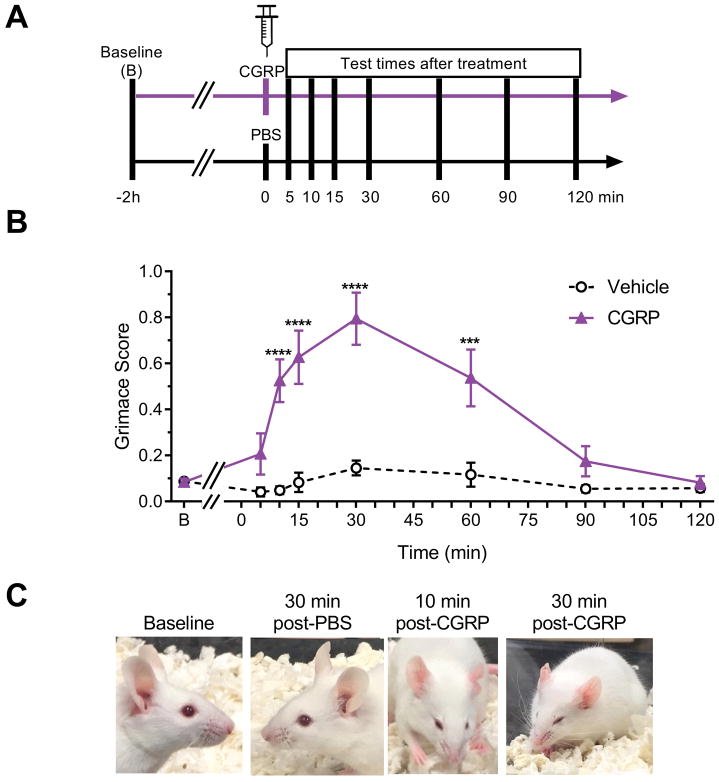Figure 1. Peripheral CGRP induces spontaneous grimace in free-moving mice.
(A) Experimental design. (B) Mean grimace scores of CD1 mice measured at baseline (B) and after receiving vehicle (PBS, 10 ml/kg IP) or CGRP (0.1 mg/kg IP). (C) Representative pictures at baseline and post vehicle or CGRP injection as indicated. Average between 3 experiments. First experiment assessed baseline, 5, 10 and 15 minute time-points (n=10 per group). Second experiment assessed baseline, 15, 30, and 60 minute time-points (n=10 per group). Third experiment assessed baseline, 30, 90 and 120 minute time-points (n=10). Therefore n=10 to 30 per group in this figure. Experiments were scored by two blinded individuals, error bars indicate ± SEM. Two-way (with factors treatment and time) ANOVA P < 0.0001 for treatment factor, Sidak’s multiple comparison test, ***P < 0.001, ****P < 0.0001 when comparing CGRP to vehicle group at corresponding time point.

